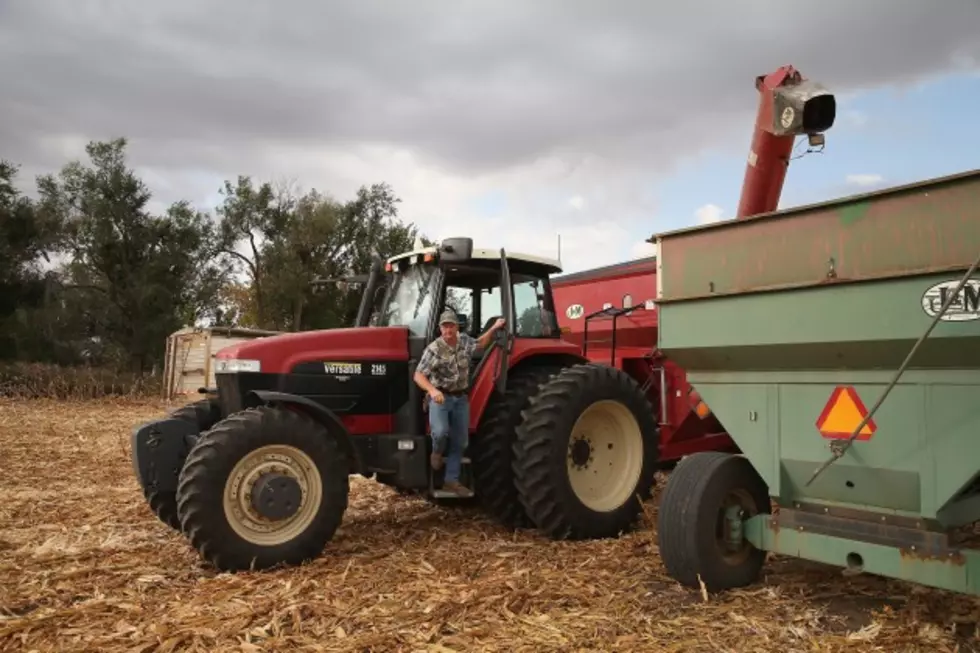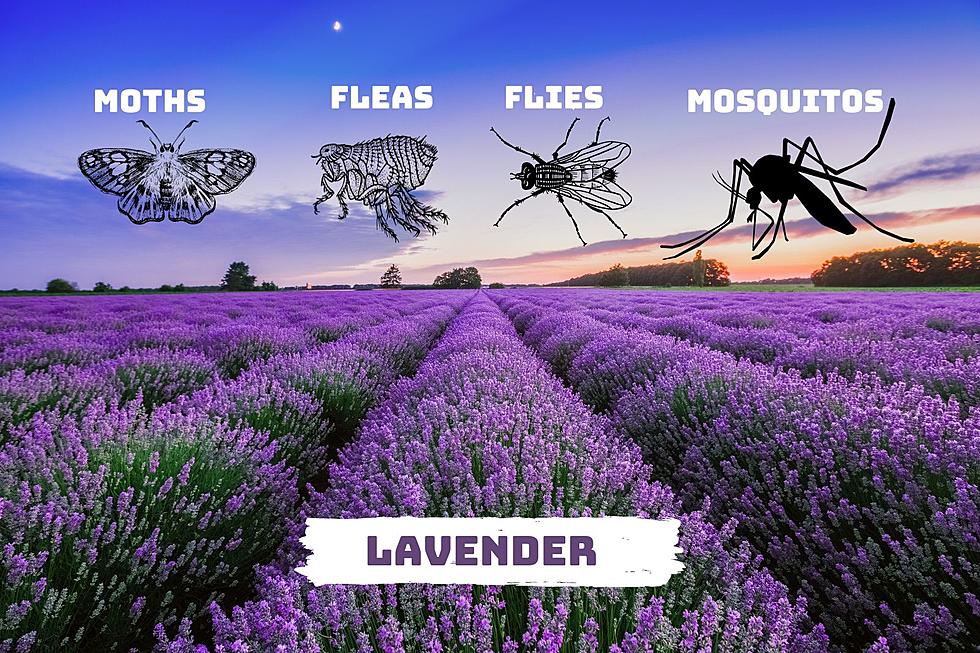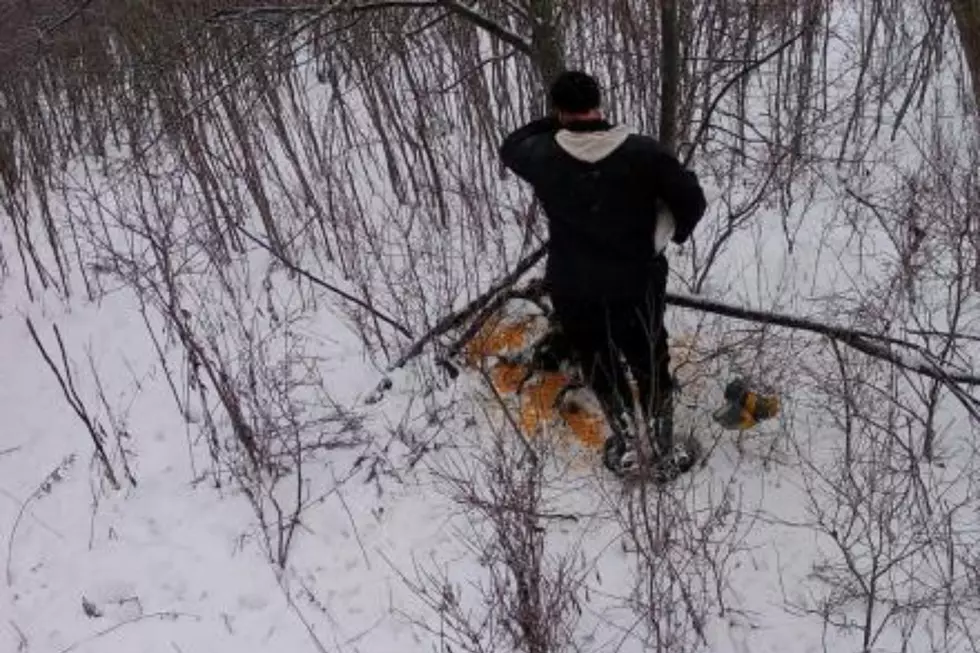
Safety Tips During Fall Harvest – AG Matters
Fall may be the most dangerous time in farming. Daylight hours are shrinking as the work load increases with harvest season in addition to the daily chores. Cornell Cooperative Extension offers some sensible safety tips to keep your family and employees safe.
The OSHA Work Group has put together a checklist of safety tips to help ensure a safe and successful fall harvest. Take a moment to communicate these reminders to your staff and family members.
- Review rules of the road, speed, specified routes and alternatives to reduce neighbor irritation. Beware of complacency. The 28th time at the same stop sign can get boring, but it's still important to stop.
- Get a good night’s sleep. Tired operators are more likely to make mistakes.
- Carry water and snacks. Stay hydrated.
- Stay in communication. Let others know of hazards when they are observed.
- Stay in trucks or equipment when waiting. If drivers must exit, radio other operators.
- No extra riders unless in training.
- Make sure lighting is adequate for all work performed after sunset.
- Make sure that staff use the proper personal protective equipment, such as hearing protection in noisy areas.
A number of dairy producers rely on bunker silos or drive over piles for corn silage storage needs. This approach to storing feed can present additional safety concerns for equipment operators and farm employees with feeding responsibilities.
- If new silage is added to old silage, mark where the two materials are joined. The joint areas can be very unstable during silage removal and can collapse without warning. Extra caution is warranted with any activity in these areas.
- Avoid putting new silage over the top of existing piles covered with plastic. Major slippage of the top pile can occur during silage removal.
- Pile height should not exceed the reach of the unloading equipment. Staff should be told the target pile height.
- Packing tractor(s) should be ROPS equipped and operators should be belted in.
- Rollover hazard is obvious. Side slope steepness is an important safety concern. There are many factors that influence safe operating gradient. Minimize exterior side slopes as much as practical and beware of soft spots. Safest packing is achieved when driving up and down the pile. Some references suggest no more than a 3:1 slope for this type of operation.
- Only the most experienced equipment operators should pack. Provide new packing operators with proper training.
- Due to tip-over hazard, for hydraulic dump bodies, do not back up onto the pile to dump.
- Inform all staff that only authorized personnel should be in the silo filling area. Extra people should be kept out. Make sure appropriate signage such as “No unauthorized personnel” and “Danger” is posted visibly.
Get a complete safety fact sheet at OSHA.gov
SOURCE: Cornell Cooperative Extension
More From Big Frog 104









